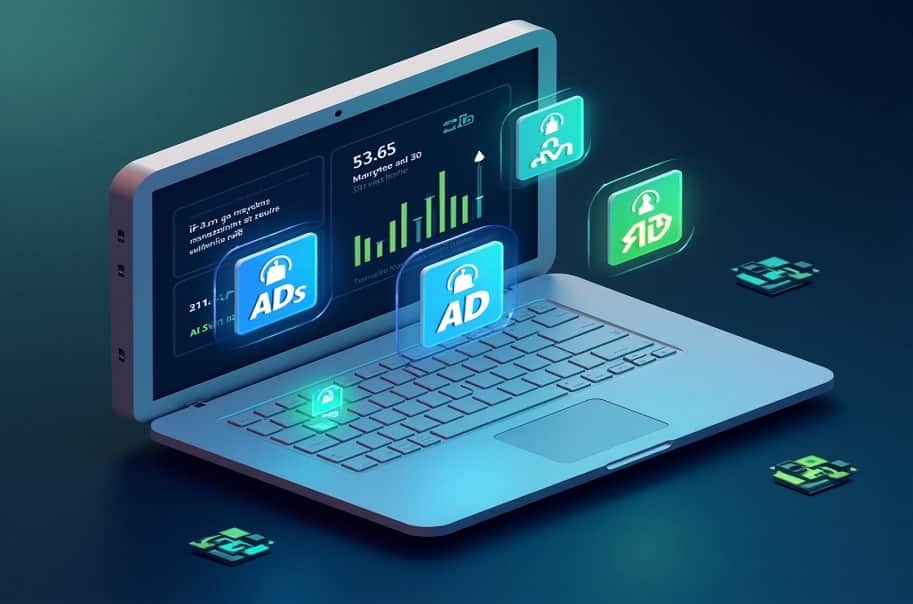SEO helps websites rank better on search engines. Many people make mistakes that hurt their rankings. Some errors are easy to fix, but others need technical knowledge. Avoiding these mistakes can improve your website’s visibility and bring in more organic traffic.
SEO mistakes can happen at any stage. Some are related to content, while others are technical. Fixing these issues can help your website perform better in search results. Let’s look at some of the biggest SEO mistakes and how to fix them.
- Ignoring Technical SEO Issues
Technical SEO issues can stop search engines from properly indexing your website. This can affect rankings and reduce traffic. Even if your content is great, search engines may struggle to rank it due to technical errors.
How to Fix It:
– Improve Site Speed – Slow websites may lose visitors. Optimize images, enable caching, and remove unnecessary scripts.
– Fix Broken Links – Broken links hurt SEO and user experience. Use tools like Screaming Frog to find and fix them.
– Ensure Mobile-Friendliness – Many users browse on mobile. A mobile-friendly site can improve rankings and reduce bounce rates.
– Check for Crawl Errors – Google Search Console can show if search engines are struggling to index your pages. Fix crawl errors quickly.
- Poor Keyword Optimization
Many people misuse keywords. Some overuse them, while others ignore them completely. Both are common SEO mistakes you should avoid if you want better rankings. Keyword optimization should always be natural and strategic.
How to Fix It:
– Use Keywords Naturally – Search engines prefer readable content. Avoid forcing keywords into sentences.
– Target Long-Tail Keywords – Short keywords are competitive. Longer phrases can help attract specific users.
– Optimize for Voice Search – Many people use voice assistants. Question-based keywords improve visibility.
– Analyze Search Intent – Keywords should match what users are actually searching for. Research competitor keywords for better targeting.
- Low-Quality Content
Search engines value useful content. Weak or copied content can lower rankings. Readers may also leave the site quickly, which increases bounce rates.
How to Fix It:
– Write Original Content – Unique and engaging articles help SEO and keep readers interested.
– Update Old Posts – Add new information, keywords, and recent statistics to keep content fresh.
– Use Clear Formatting – Short paragraphs, bullet points, and headings improve readability.
– Avoid AI-Generated Content Without Edits – AI can assist with writing, but human edits are essential for quality and engagement.
- Canonical Issue in SEO
Duplicate content confuses search engines. The wrong URL may get indexed. This can cause errors in SEO and affect rankings. Pages with similar content may compete with each other, reducing their ranking potential.
How to Fix It:
– Add Canonical Tags – These tags tell search engines which version of a page is correct.
– Set Up 301 Redirects – Redirect duplicate pages to one main URL.
– Avoid Parameter URLs – Tracking parameters can create duplicate versions of the same page.
– Use Consistent Internal Linking – Link to the preferred URL across your website to reinforce its importance.
- Weak Meta Tags and Descriptions
Meta tags help search engines understand your page. Weak or missing descriptions may reduce clicks. Many websites fail to optimize them, leading to lost traffic opportunities.
How to Fix It:
– Write Unique Titles – Each page should have a different, engaging title.
– Use Keywords in Descriptions – Well-placed keywords can improve visibility and relevance.
– Keep It Short and Clear – Meta descriptions should be around 150 characters for the best results.
– Avoid Duplicate Meta Tags – Search engines may ignore pages with similar meta descriptions.
- Poor Internal Linking
Internal links help users and search engines navigate a website. Many websites either use too few or too many links. A strong internal linking strategy improves SEO.
How to Fix It:
– Link to Relevant Pages – Internal links should guide users to useful content.
– Use Clear Anchor Text – Words in the link should describe the destination page.
– Avoid Overlinking – Too many links can confuse visitors.
– Check for Broken Links – Internal links should always work correctly to avoid errors.
- Not Focusing on User Experience (UX)
A good user experience keeps visitors on your site. Poor navigation and slow speed can drive them away. Search engines consider UX signals when ranking websites.
How to Fix It:
– Make Navigation Easy – Users should find what they need quickly.
– Optimize for Speed – Fast-loading pages improve user experience.
– Use a Mobile-Friendly Design – Mobile users should have a smooth experience.
– Avoid Intrusive Pop-Ups – Too many pop-ups can frustrate visitors and hurt rankings.
- Not Building Any Backlinks
Backlinks remain one of the most important SEO ranking factors. Many websites fail to build high-quality links. Others simply don’t care about link-building at all.
How to Fix It:
– Earn Links from Trusted Sites – Quality matters more than quantity.
– Avoid Buying (too many) Links – Too many paid links from irrelevant sites can lead to penalties from Google.
– Monitor Your Backlinks – Remove harmful links using Google’s Disavow tool.
– Use Guest Posting – Writing articles for other sites can help you earn backlinks naturally.
- Neglecting Local SEO
Local businesses need to optimize for location-based searches. Many companies fail to do this, which can hurt their visibility in search results.
How to Fix It:
– Claim Your Google My Business Listing – Keep your profile updated with accurate information.
– Use Local Keywords – Add city or region names to content and meta descriptions.
– Encourage Customer Reviews – Positive reviews improve trust and search rankings.
– Optimize for “Near Me” Searches – Many users search for businesses nearby. Ensure your location details are correct.
Conclusion
Avoiding the biggest SEO mistakes can help improve rankings and increase traffic. Fixing technical SEO issues and resolving the canonical issue in SEO may boost your website’s performance. Strong content and a good user experience also make a big difference.
SEO is an ongoing process. Regular updates, audits, and optimizations are necessary for long-term success. Small improvements over time can lead to significant growth in rankings and traffic.



